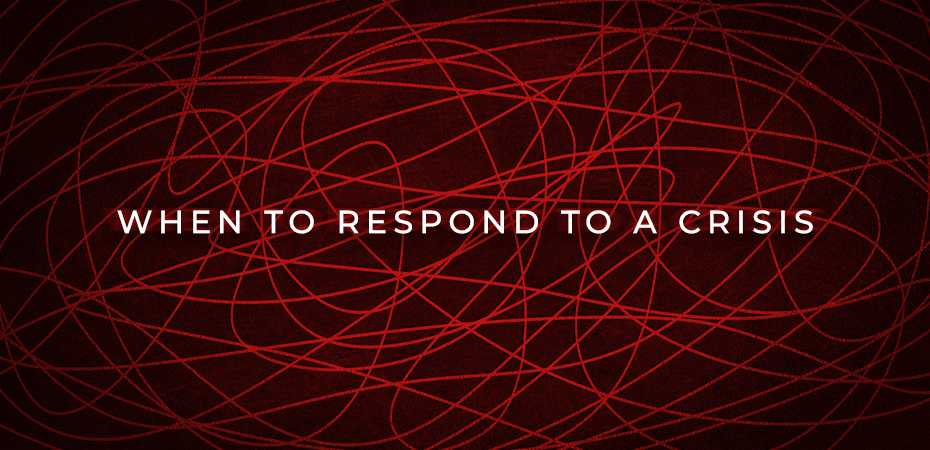Three Crucial Elements of Effective CMO Leadership
In recent years, the role of the chief marketing officer (CMO) has evolved to encompass everything from a broad knowledge of company happenings and an understanding of key metrics to alignment with sales teams and more. In fact, a notable amount of a company’s revenue can be attributed directly to marketing efforts, underscoring the wide reach and importance of marketing operations.
Last quarter’s Technology Marketing Alliance (TMA) virtual event, “What the Board Looks for in an Effective CMO,” took a closer look at the evolution of the role of the CMO with special consideration for their role in board meetings. Moderated by Elizabeth Shea, EVP Public Relations at REQ and Chair of the TMA Board, panelists Vinny Prajka, operating partner with JMI Equity, and Sever Totia, partner at 3TS Capital, drew from more than forty years of combined experience to share key insights.
The engaging conversation shed light on the changing dynamics of the CMO role, emphasizing the crucial need for constant communication and alignment.
Aligning Sales and Marketing
The discussion kicked off around the rising importance of the chief marketing officer role as organizations move to take a less sales-centric approach and focus their efforts on building a revenue pipeline. Vinny and Sever quickly agreed that the shift has required expanded relationships between the CMO and head of sales to drive alignment, especially within the last 3-5 years as business-to-business (B2B) marketing has accelerated.
In fact, in Sever’s experience, sales and marketing are often lumped together when it comes to budgeting, but taken separately when determining revenue. “For B2B SaaS companies, the [combined] sales and marketing spend overall is between 35 and 50 percent of revenue, and then eight or nine percent of revenue is in marketing, and the rest is in sales.” Due to this discrepancy and the difficult-to-prove nature of marketing ROI, companies often look to cut costs by scaling back marketing efforts without realizing that doing so can result in a hit to revenue.
When advising portfolio companies, Sever suggests that his clients “think carefully before you impact pipeline and sales.” Rebuilding after hasty cuts can pose a challenge, especially as demand ebbs and flows, meaning that it’s often best to focus on strengthening the relationship between sales and marketing to drive pipeline growth rather than making cuts.
The alignment of marketing and customer success or sales teams also drives client retention and keeps customer interests at heart, further benefiting the company. This topic was the focus of a prior TMA event in 2022, available to stream on demand here.
Metrics Matter
One of the hardest-hitting points from the discussion was around consistency. Having a common language and clear definitions for metrics across the board is crucial, especially as the application of metrics can be unique to each company.
Sever and Vinny agreed that as members of several boards, it can be challenging to keep each metric or abbreviation straight. When it comes to the importance of understanding each metrics’ abbreviation, Vinny encourages CMOs to ensure alignment and “go out of your way and ask ‘we all remember what an SAL [sales accepted lead] is’... Just make sure people are grounded in ‘what do these things mean,’ if it takes a second to check, just do it.”
Additionally, it’s crucial for the CMO and executive team to have a good handle on company metrics. The panelists cited gross retention rate, net retention rate (NRR) and the velocity of the conversion for marketing qualified leads (MQLs) and sales qualified leads (SQLs) as the fundamentals.
In order to effectively make their case at board meetings, CMOs must have a detailed understanding of what the metrics indicate and be able to communicate the significance to the team. Marketing and sales must also be aligned and able to demonstrate joint efforts and results. Different outlooks from the two teams can be a key indicator of inadequate alignment.
CMO Responsibilities and Tenure
All in all, CMOs are responsible for maintaining a broad knowledge of market conditions and company happenings, as their responsibilities often center around strategy, demand generation and PMM.
“The best CMOs, they’re going to be strategic. They should be able to talk as much about the market as marketing,” said Vinny. This comes down to understanding the customer, the opportunities and threats in the market, and overall messaging. Sever and Vinny encourage these executives to frame their points as they relate to the major corporate objectives in order to make the biggest impact.
Given the demands of the job, the CMO’s tenure can vary, or even escalate to a CEO role. The CMO’s broad knowledge of company happenings and innate understanding of how to communicate with all stakeholders and constituents often makes them a solid candidate for CEO.
A previous TMA event, featuring Michele Perry, former CMO and then CEO, now board member, explores the career trajectory for CMOs further in a prior event, available for streaming here.
Ultimately, the importance of the CMO is undeniable and their presence in the boardroom is vital. Their holistic view of the market can deliver a clear view of the path forward for delivering key results, so their seat at the boardroom table is well earned. If you’re interested in tuning in for the whole engaging discussion, you can watch the session on-demand here.

